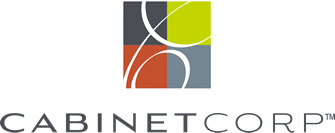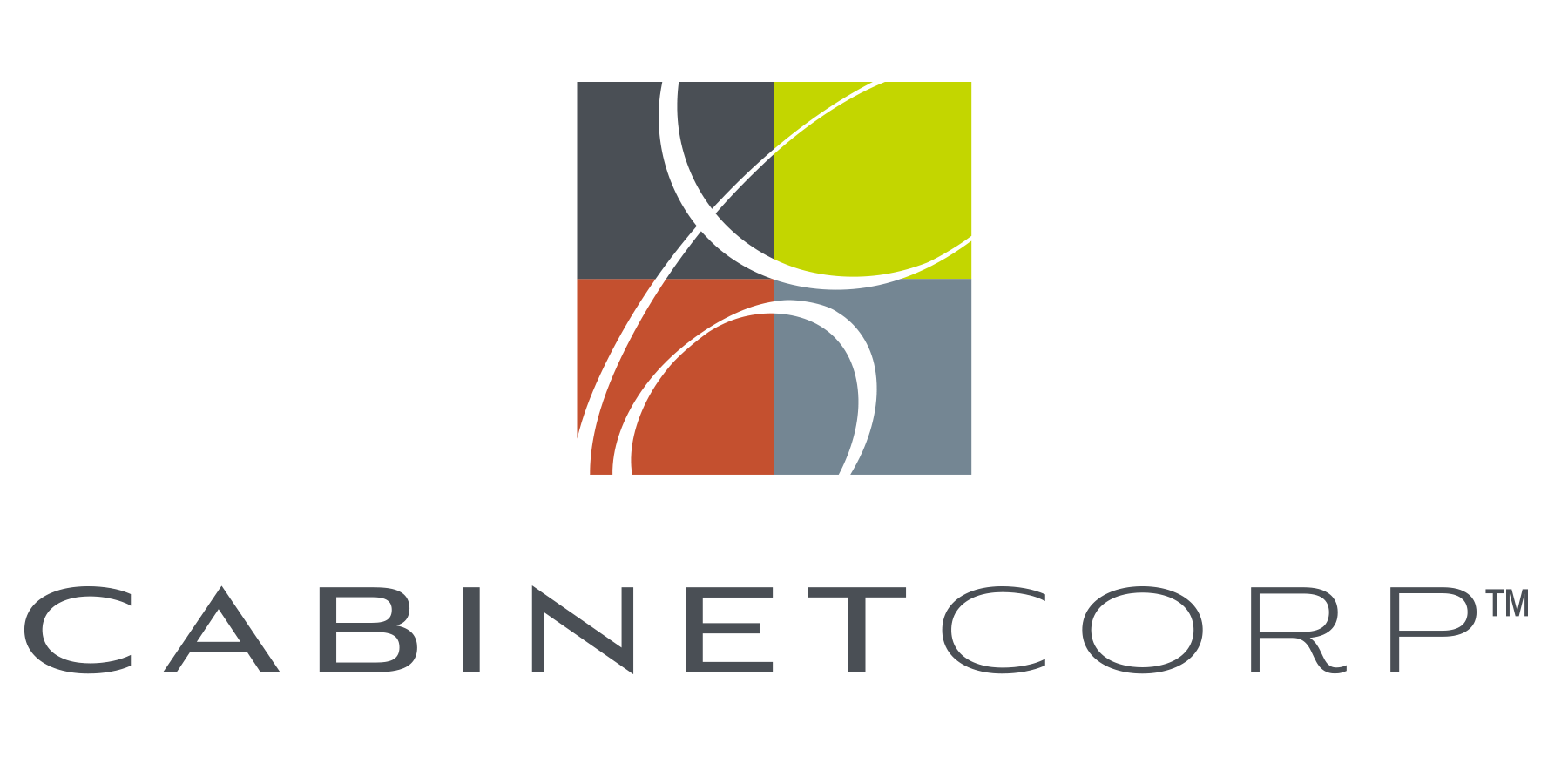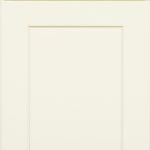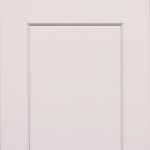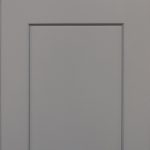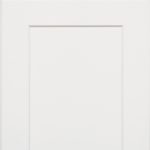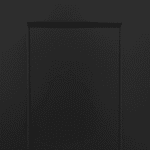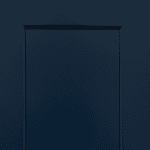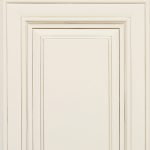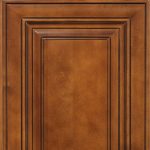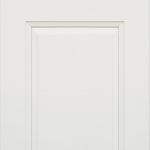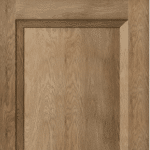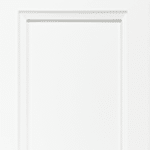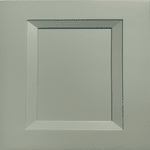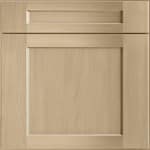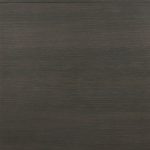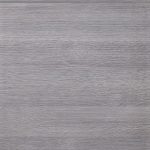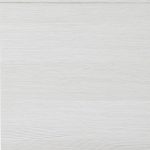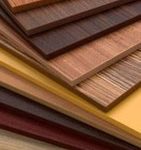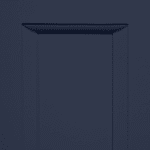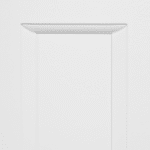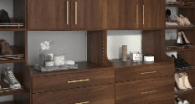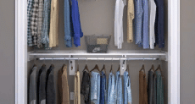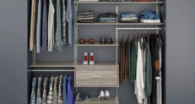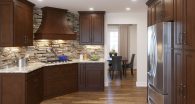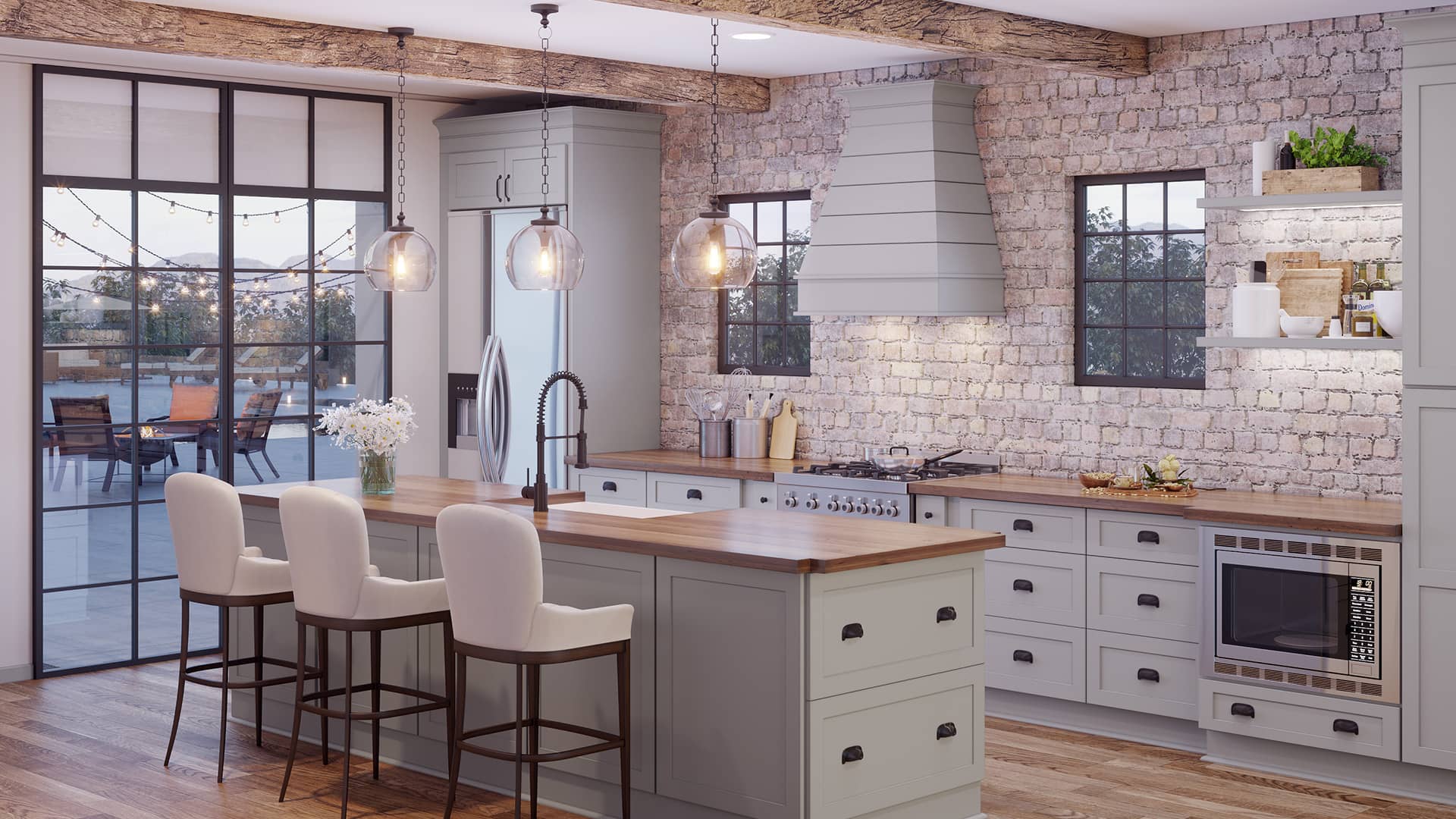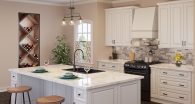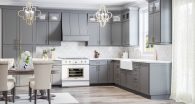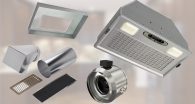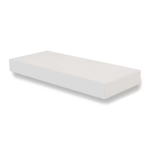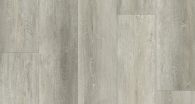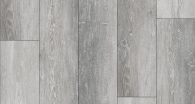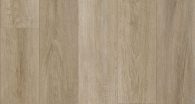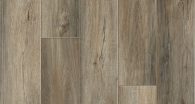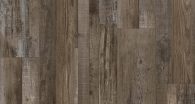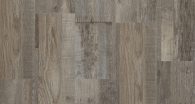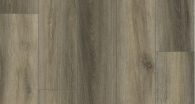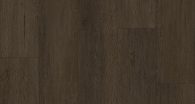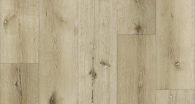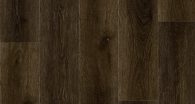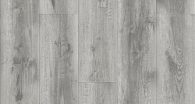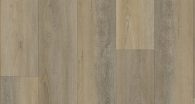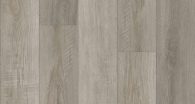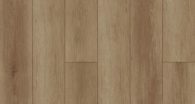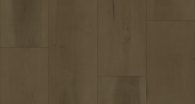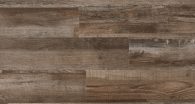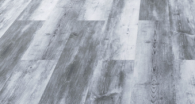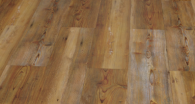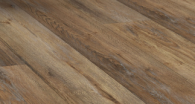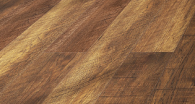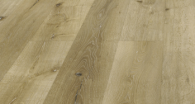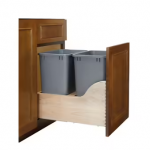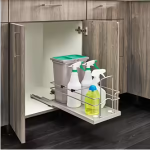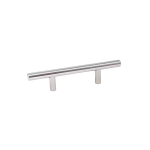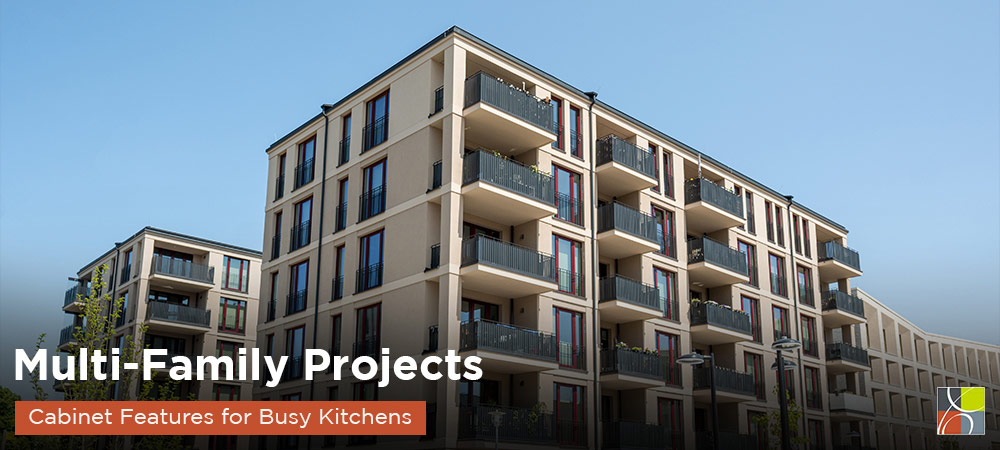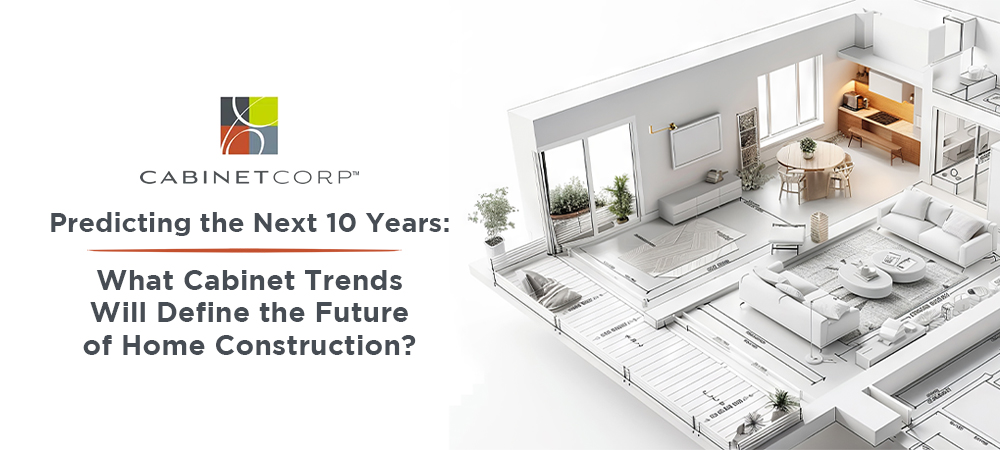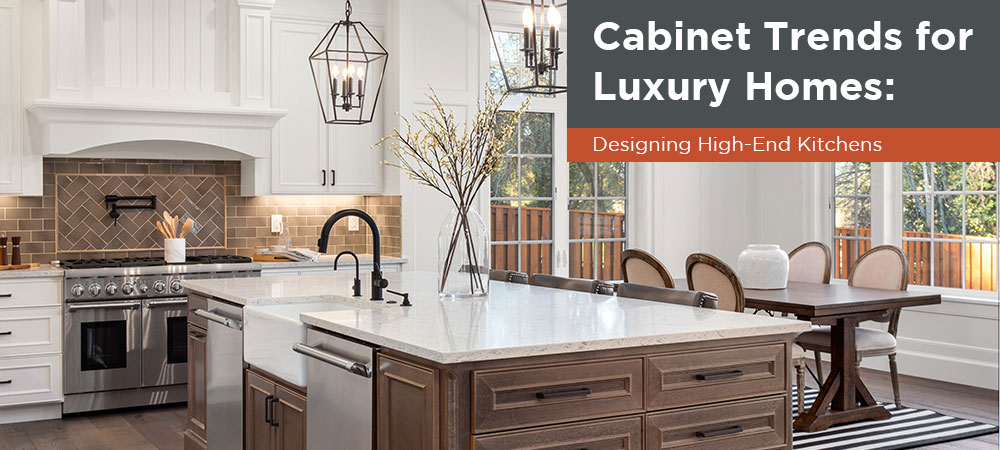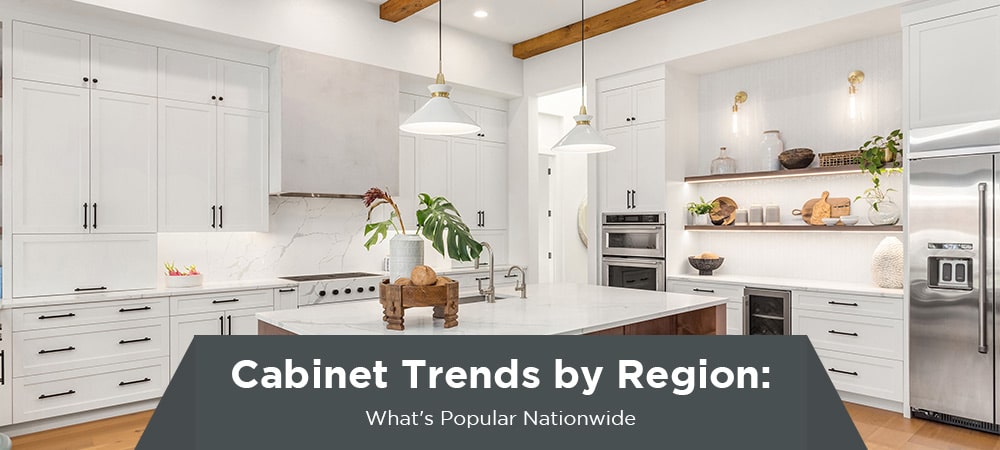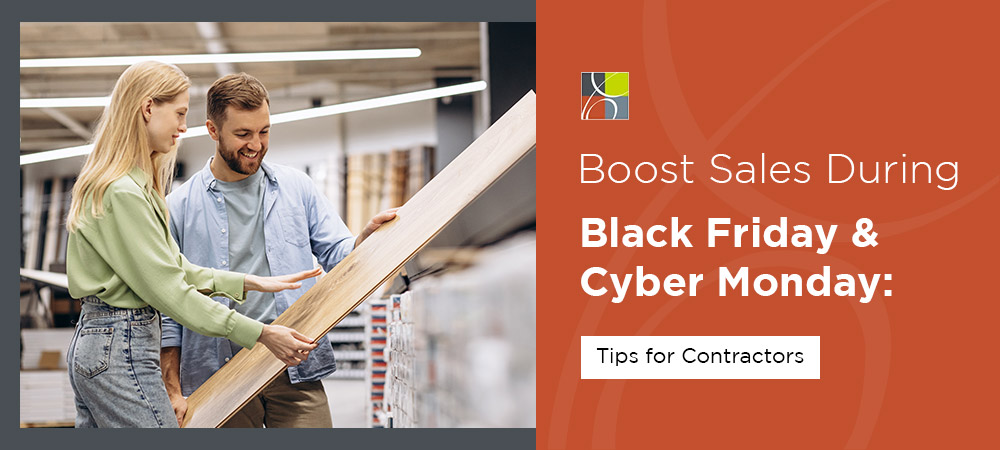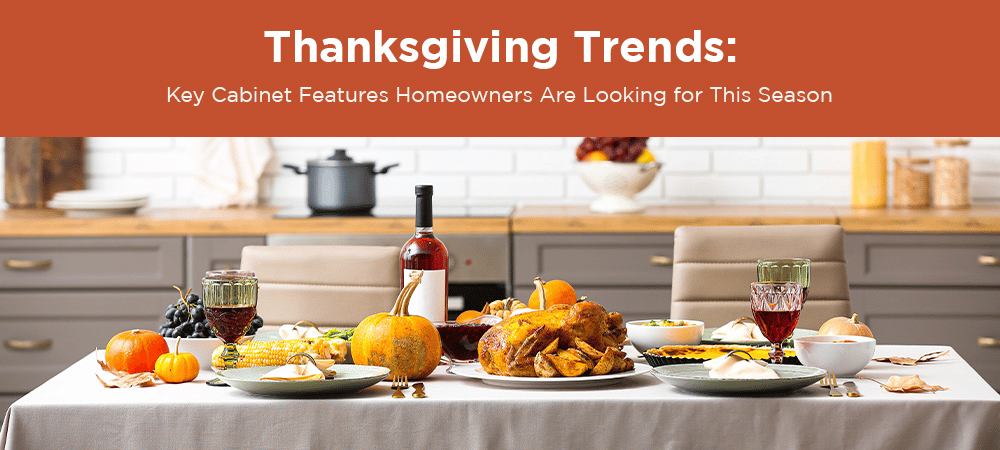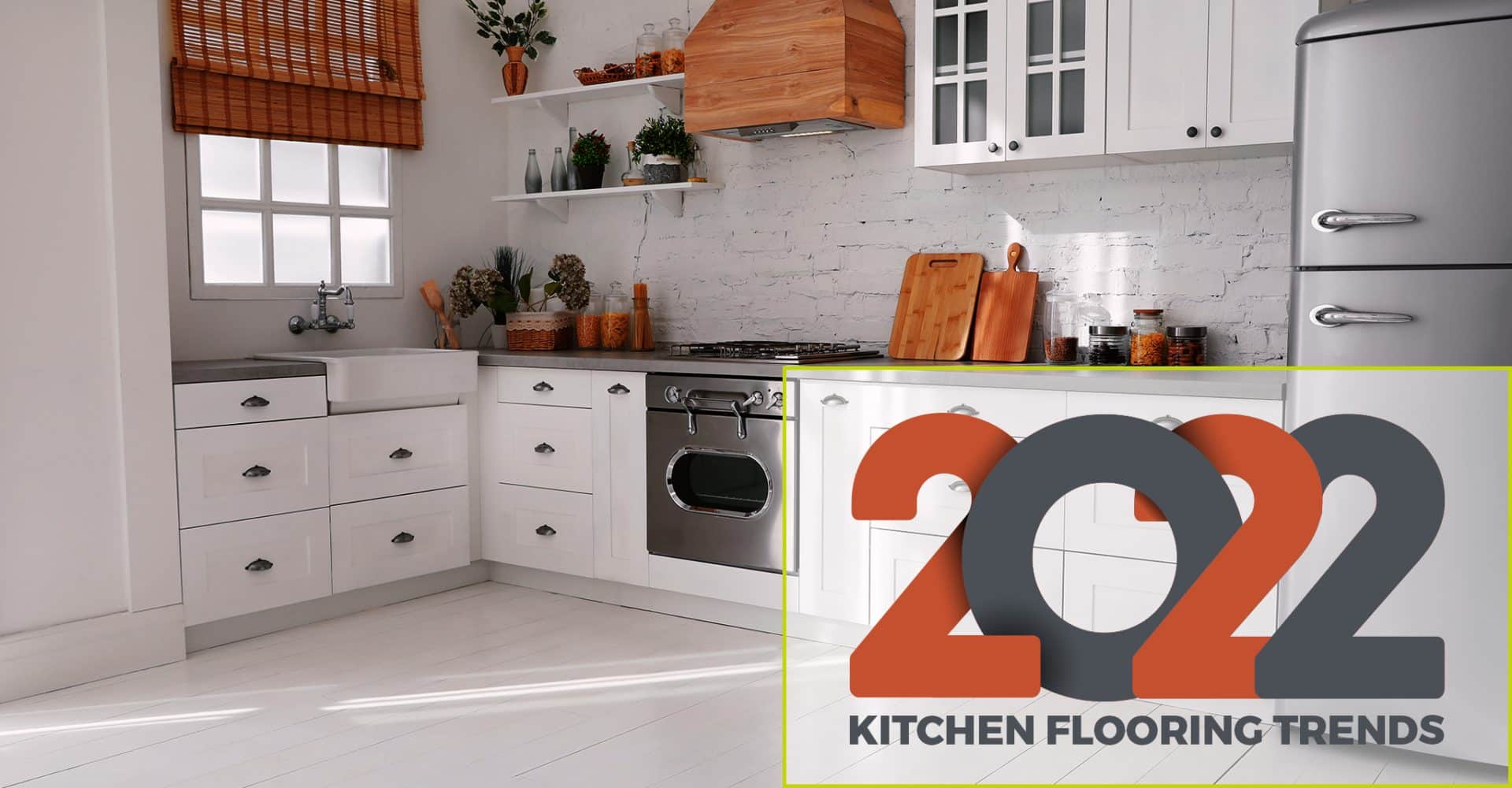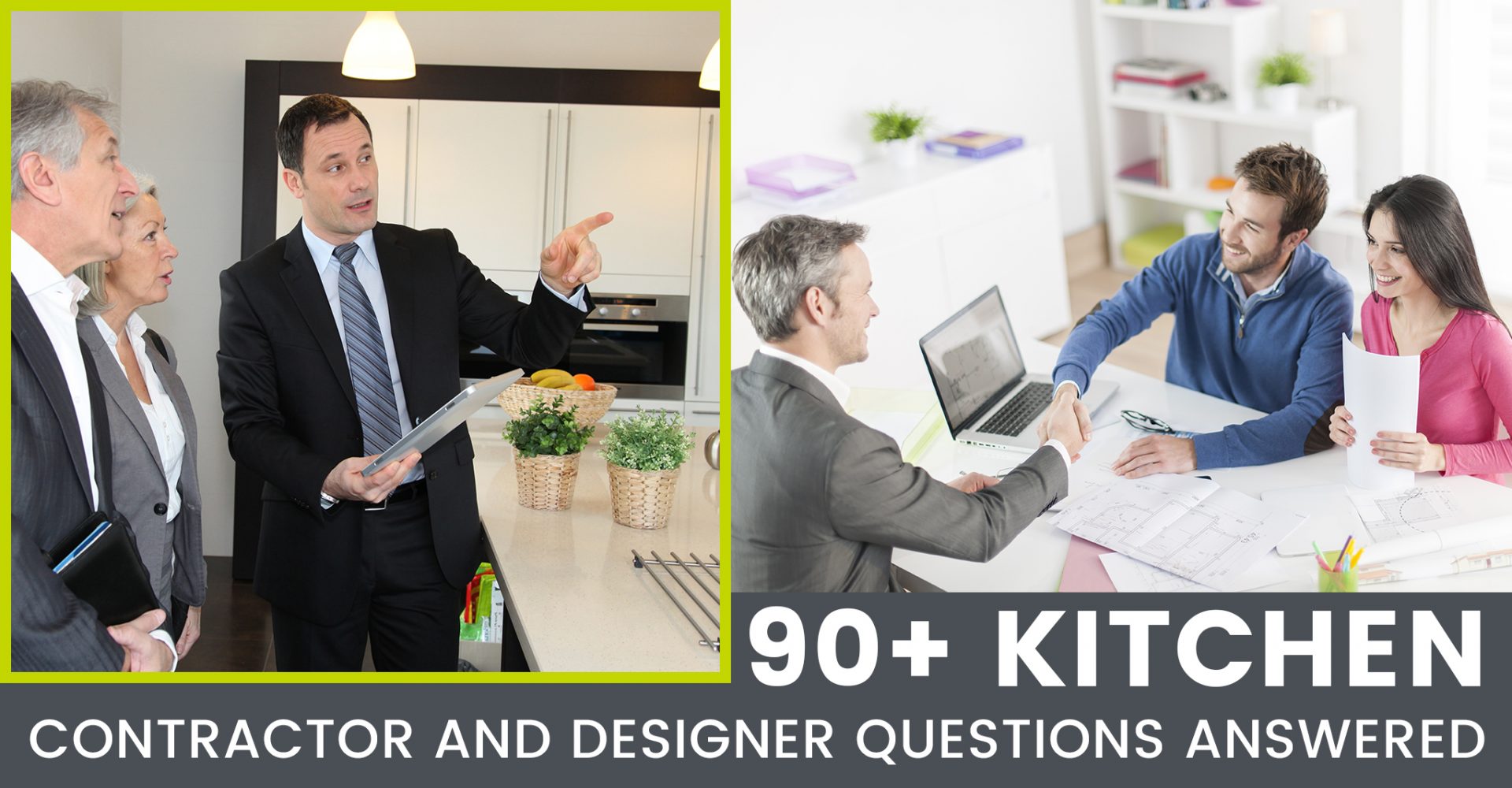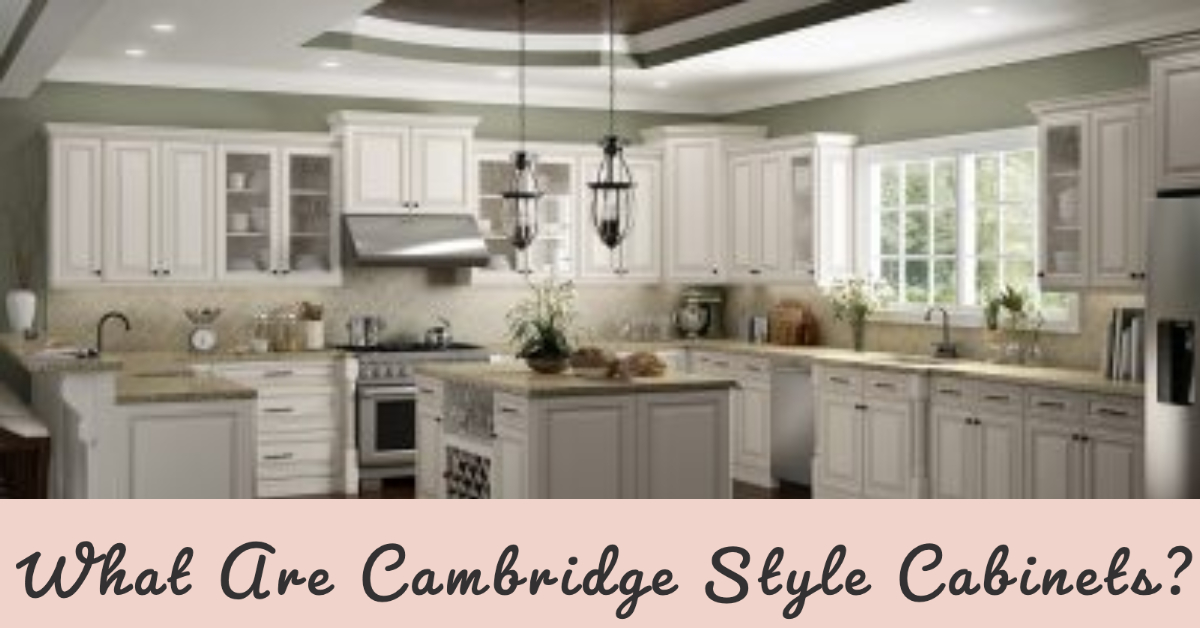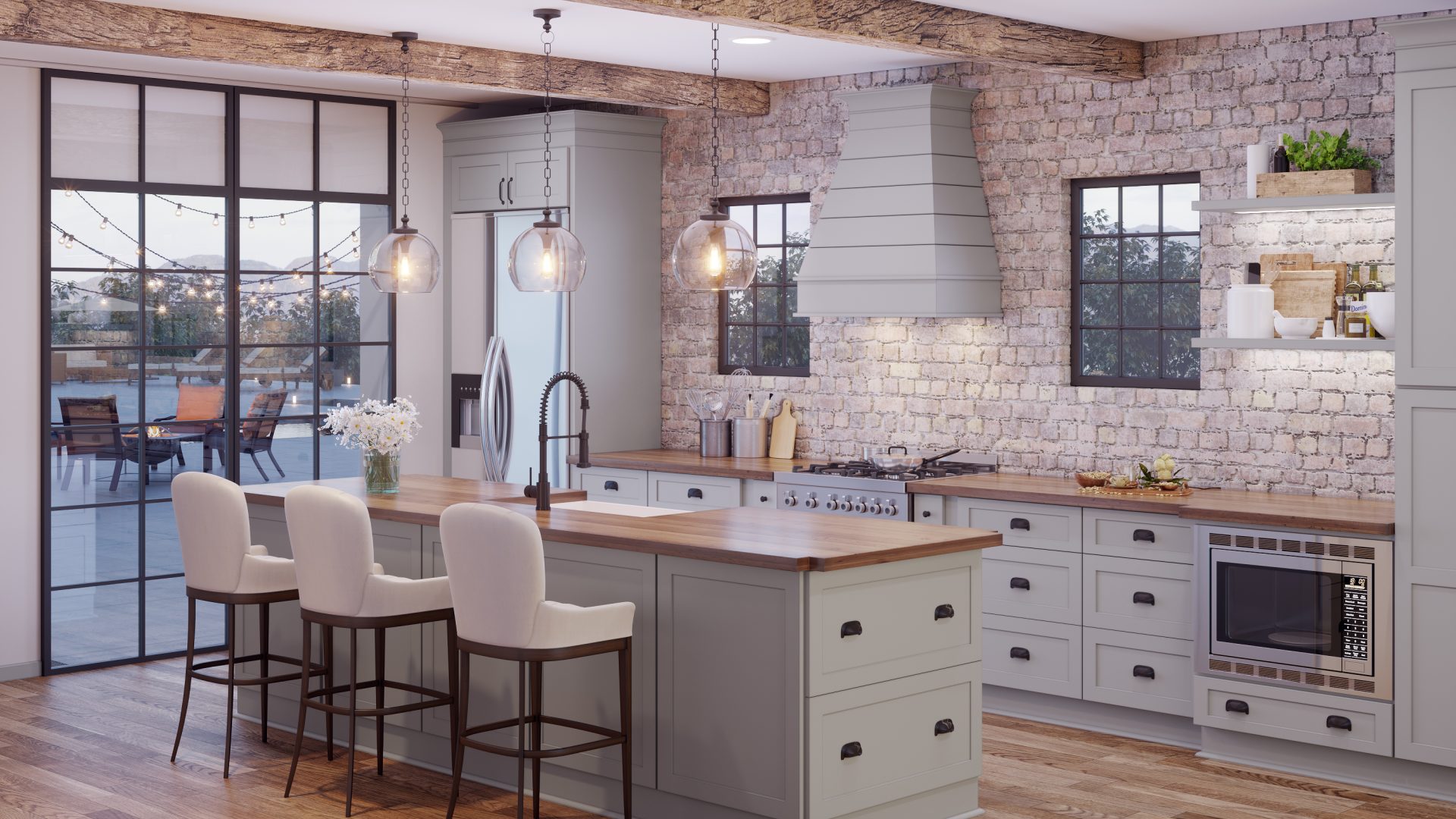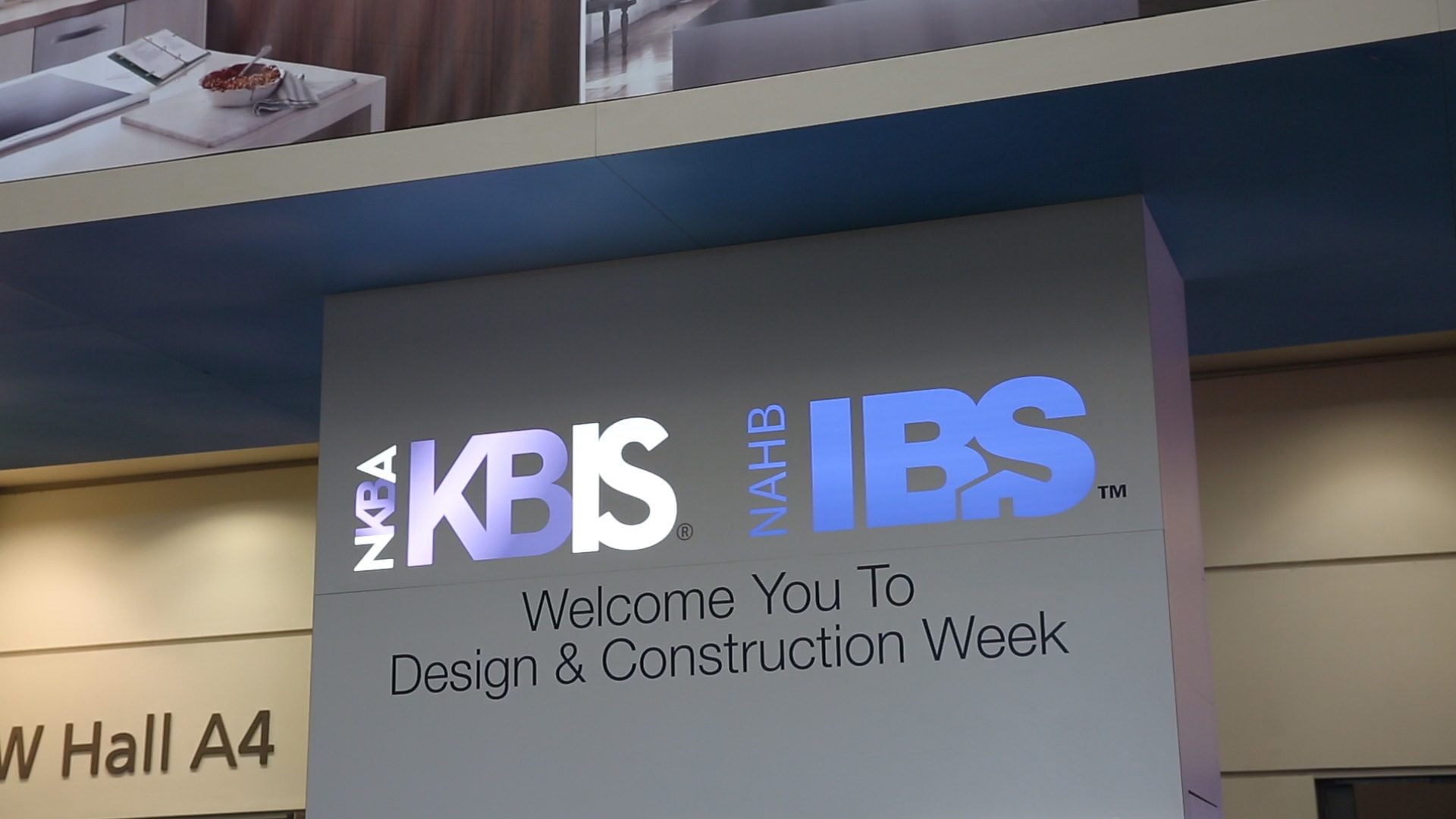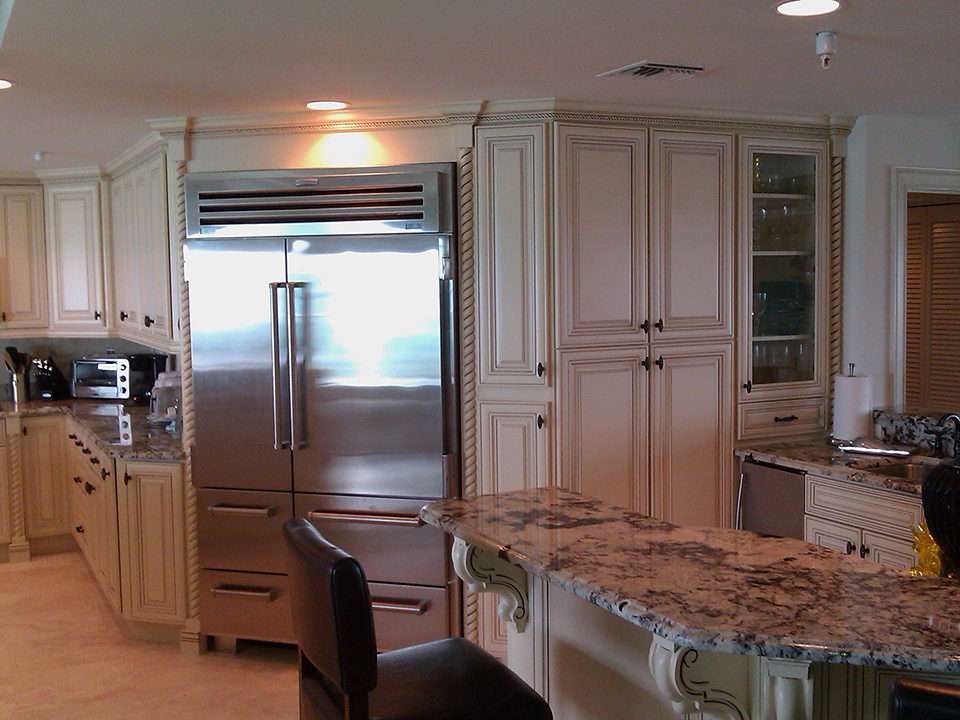Durability and functionality are essential in multi-family housing, where kitchens are high-traffic areas. These kitchens are the heart of the homes, a hub for cooking, dining, socializing, and everyday activities. As a result, cabinets need to be able to withstand daily use while maintaining their visual appeal.
For builders and developers, selecting suitable cabinets is key to achieving durability, beautiful design, and cost-effectiveness. Let’s dive deeper into the cabinet features that significantly impact these kitchens.
Durable Materials for Long-Lasting Performance
High-traffic kitchens experience constant wear and tear, making the cabinet material choice crucial. Builders often pick robust materials like solid wood, plywood, and high-density fiberboard (HDF).
- Solid Wood: This timeless choice adds to the aesthetic of any kitchen and is well-suited for frequent use. Its longevity is unmatched, as long as it is well-maintained.
- Plywood and HDF: These materials are affordable alternatives that offer excellent resistance to moisture and warping. HDF, in particular, is less prone to swelling, making it great for environments where humidity levels fluctuate.
- Laminate Finishes: Protective finishes upgrade the surface of cabinets, making them resistant to stains and scratches. They also come in various colors and patterns, allowing customization to match design themes.
Scratch-Resistant Finishes
In busy kitchens, frequent use inevitably leads to scratches and dents on cabinets. Choosing finishes that resist damage is important for maintaining the appearance of the cabinetry.
- Matte and Semi-Gloss Finishes: These finishes provide a stylish, durable look. Semi-gloss finishes reflect light, making scratches less noticeable, while matte finishes can help hide wear.
- Advanced UV-Cured Finishes: These modern techniques provide an extra layer of protection, extending the lifespan of these finishes. They cure under UV light, resulting in a solid surface that can withstand daily activities.
This feature is significant in rental units, where high turnover rates may lead to more frequent kitchen remodels or repairs.
Soft-Close Hinges and Drawer Glides
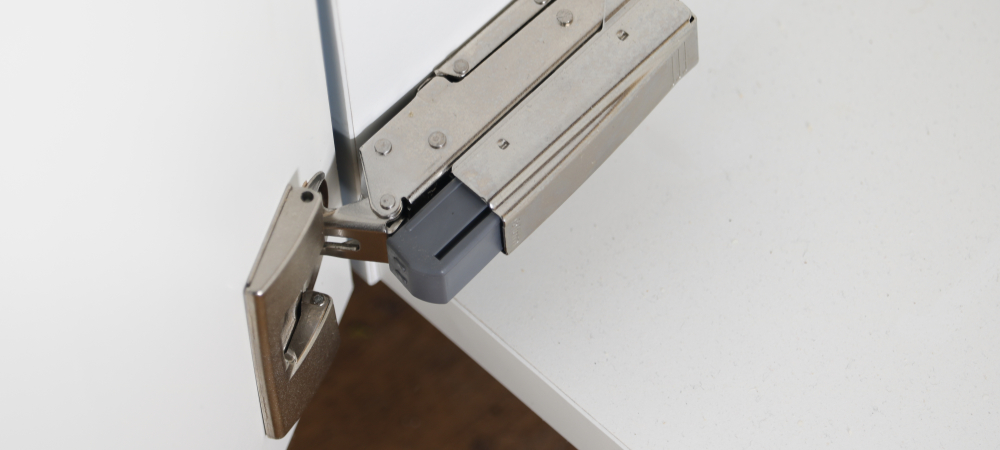
Cabinet hardware is vital in boosting the user experience in these kitchens. Soft-close hinges and drawer glides prevent cabinets from slamming and give users comfort and ease.
- Comfort and Luxury: These features reduce noise and contribute to a more pleasant living experience, adding a sense of luxury to daily tasks.
- Durability: High-quality hardware can withstand the frequent use typical of multi-family kitchens, guaranteeing and reliability.
Maximized Storage Solutions
Kitchens in multi-family units often have limited space, making it essential to maximize storage. Clever cabinet designs can significantly elevate functionality.
- Tall Cabinets: Tall cabinets utilize vertical space, helping expand storage while creating the illusion of a bigger kitchen.
- Corner Units with Rotating Shelves: These units make the most of otherwise wasted space, assuring easy access to items stored at the back of cabinets.
- Deep Drawers and Pull-Out Waste Bins: Adding deep drawers for pots and pans, pull-out trash bins, and drawer dividers improves functionality, lessens clutter, and increases convenience.
Water-Resistant, Easy-to-Clean Surfaces
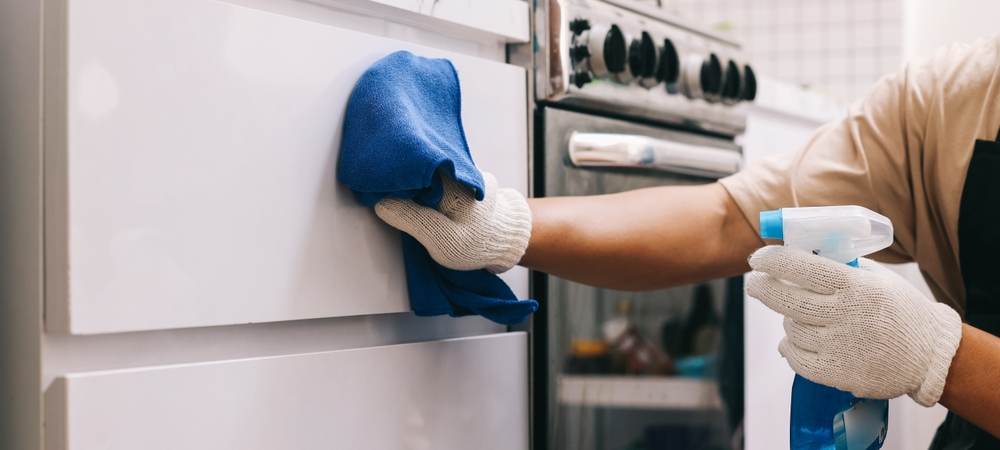
Moisture can quickly damage kitchen cabinets, especially in shared spaces where cleaning routines vary.
- Water-Resistant Materials: Choosing materials and finishes that resist moisture is key for maintaining cabinet integrity over time.
- Easy-to-Clean Surfaces: Surfaces like laminate minimize maintenance and keep cabinets hygienic and visually appealing.
- Antimicrobial Finishes: Antimicrobial coatings are becoming increasingly popular in kitchens as they enhance hygiene and reduce the risk of bacterial growth.
Cost-Effective and Stylish Design
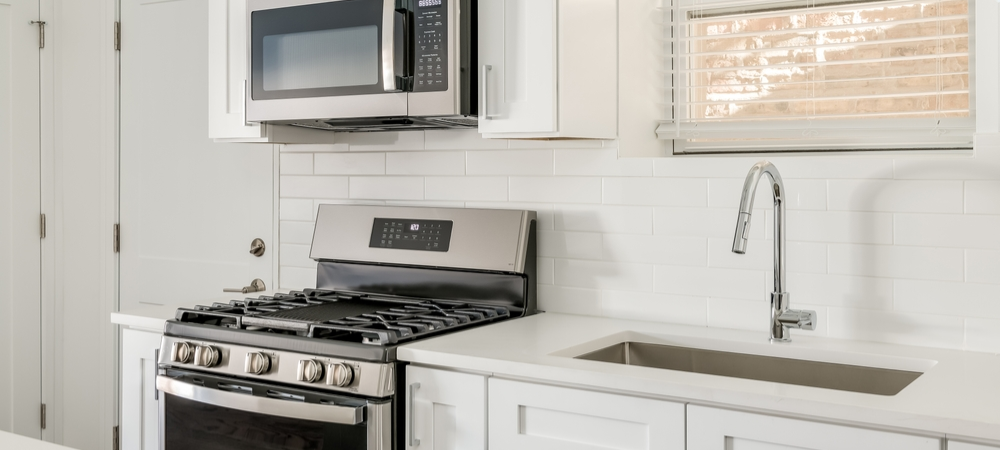
Multi-family projects require cabinetry that balance style with price. Approximately 15-20% of new multi-family projects use modular construction techniques.
- Shaker-Style Cabinets: These cabinets are known for their versatile, timeless design, striking a perfect balance between style and price. They can seamlessly fit various design themes, making them an ideal choice for these projects that require both affordability and elegance.
- Mid-Range Materials: Builders can create stylish kitchens without going over budget by selecting mid-range materials that mimic high-end finishes. Wood-look laminates and veneers are excellent examples, offering elegance at an accessible price point.
Eco-Friendly Materials
Today’s renters and homeowners prioritize sustainability, making eco-friendly cabinet options increasingly attractive in multi-family developments. About 40% of these projects engage sustainable building materials and energy-efficient designs.
- Sustainable Materials: Cabinets made from renewable resources or low-VOC (volatile organic compounds) finishes add to environmental conservation and attract eco-conscious buyers.
- Energy Efficiency Credits: Selecting green building materials can also provide energy efficiency credits, benefiting builders while boosting the project’s marketability.
Key Takeaways
Designing kitchens for multi-family projects requires a strategic focus on durability, functionality, and affordability. By choosing cabinets made from strong materials, builders can create spaces that exceed the needs of busy kitchens and increase the beauty of the units. Scratch-resistant finishes, intelligent storage solutions, and environmentally friendly options add tremendous value to these spaces.
CabinetCorp offers a wide array of cabinetry options designed to endure the demands of high-traffic kitchens, blending style and durability for multi-family developments.
Contact us today for more information on how CabinetCorp can support your next multi-family project! Read our blog to get the latest industry news and trends. For additional insights and recommendations on cabinet design, please stay tuned to our blog at CabinetCorp.

